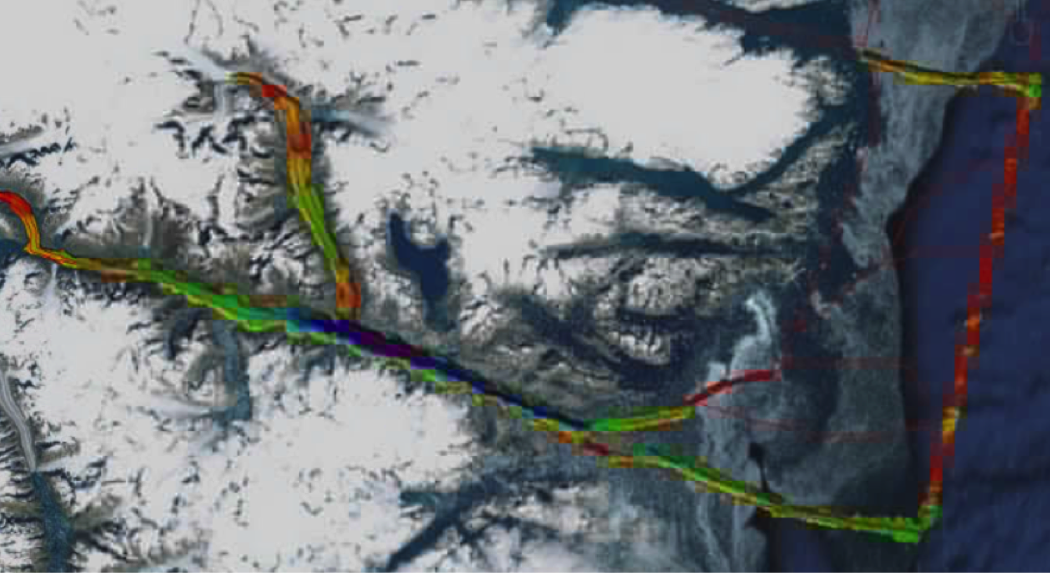Science Team: On September 20, the benthic cover team visited five (5) sites, two (2) in the middle of the lagoon, one (1) off a mooring on the south side, and two (2) on the reef flat. The benthic cover team also conducted in-water spectroscopy at the mooring site. The optics team conducted a third IOP/AOP sensitivity study during a tidal cycle on the northern end of Heron Island. The metabolism team set-up instrumentation for gradient flux measurements at two reef slope sites on the south side.
On September 22, the benthic cover team completed six (6) sites; they finished up the south side moorings with three (3) on the reef slope and one (1) just on the edge of the flat, then went into the lagoon and did two (2) macro-algae sites. The benthic cover team also conducted spectroscopy measurements at one of the moorings. The optics team completed five (5) sites; they went to the lagoon to visit targeted sites that included shallow live coral, deeper turf algae, and algae–covered coral. The metabolism team obtained water samples at the Lagrangian transect, retrieved gradient flux A from the north fore reef, retrieved gradient flux B and redeployed on the north fore reef, and retrieved all Lagrangian instruments. Today concludes the in-water validation at Heron Island.
Aircraft Team: On Friday, September 23, the weather held out and the sixth (GBR06) science collection flight over the southeast Coral Sea was made, followed by completing the missing lines over Mackay region (clouds had rolled in toward the end of the first science flight). Weather at Townsville simply did not pan out. The team collected nineteen (19) flight lines, under mostly clear conditions. This flight completes the coast-to-offshore transect.
On Saturday, September 24, during the six (6) hour flight, a total of seventeen (17) science data lines were collected.




